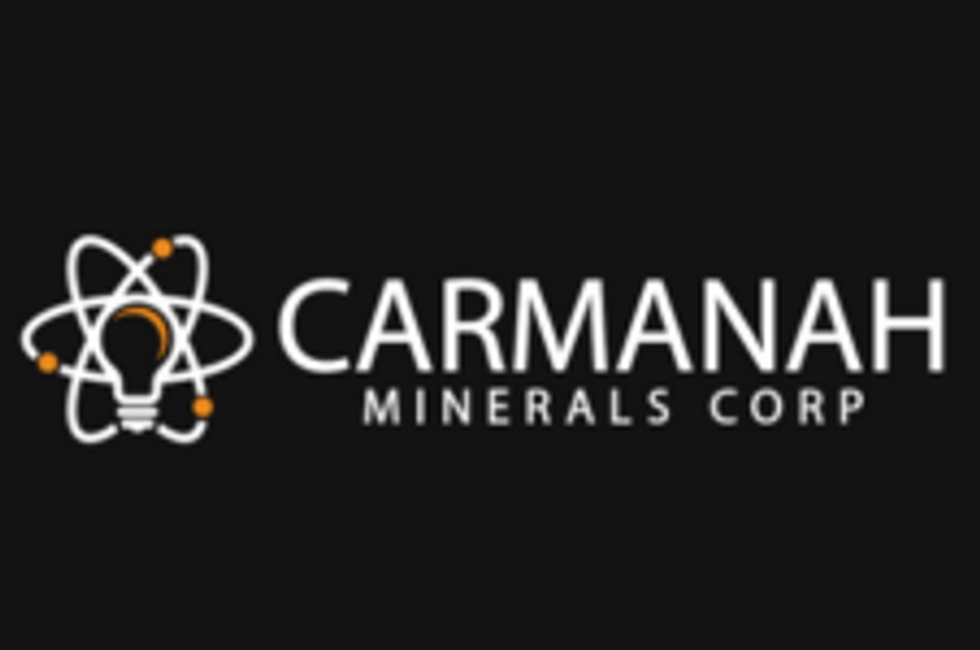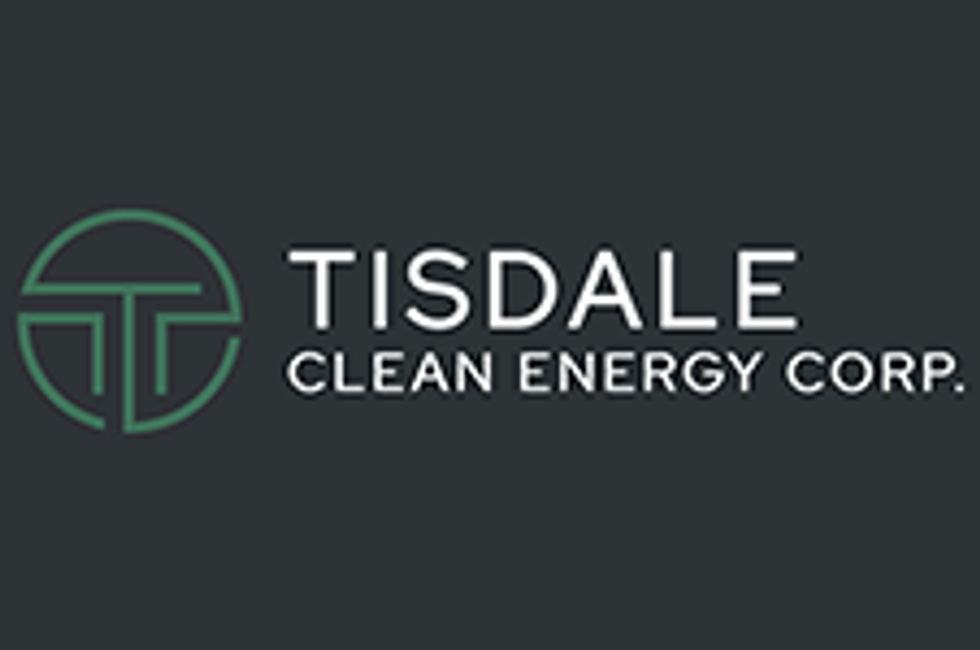- AustraliaNorth AmericaWorld
Investing News NetworkYour trusted source for investing success
Cyclone Metals
Lancaster Resources
Purpose Bitcoin ETF
Element79 Gold Corp.
- Lithium Outlook
- Oil and Gas Outlook
- Gold Outlook Report
- Uranium Outlook
- Rare Earths Outlook
- All Outlook Reports
- Top Generative AI Stocks
- Top EV Stocks
- Biggest AI Companies
- Biggest Blockchain Stocks
- Biggest Cryptocurrency-mining Stocks
- Biggest Cybersecurity Companies
- Biggest Robotics Companies
- Biggest Social Media Companies
- Biggest Technology ETFs
- Artificial Intellgience ETFs
- Robotics ETFs
- Canadian Cryptocurrency ETFs
- Artificial Intelligence Outlook
- EV Outlook
- Cleantech Outlook
- Crypto Outlook
- Tech Outlook
- All Market Outlook Reports
- Cannabis Weekly Round-Up
- Top Alzheimer's Treatment Stocks
- Top Biotech Stocks
- Top Plant-based Food Stocks
- Biggest Cannabis Stocks
- Biggest Pharma Stocks
- Longevity Stocks to Watch
- Psychedelics Stocks to Watch
- Top Cobalt Stocks
- Small Biotech ETFs to Watch
- Top Life Science ETFs
- Biggest Pharmaceutical ETFs
- Life Science Outlook
- Biotech Outlook
- Cannabis Outlook
- Pharma Outlook
- Psychedelics Outlook
- All Market Outlook Reports
Uranium Investing News had the opportunity to interview Bruno del Ama, CEO of Global X Funds. Their Global X Uranium ETF is the only one of its kind to offer exposure to uranium mining companies around the world.
Exclusive to Uranium Investing News
 Global X Funds is a New York City-based global asset management firm and the only provider of an uranium-focused exchange traded fund. The Global X Uranium ETF (URA) offers exposure to uranium mining companies worldwide and has an AUM of over $190 million.
Global X Funds is a New York City-based global asset management firm and the only provider of an uranium-focused exchange traded fund. The Global X Uranium ETF (URA) offers exposure to uranium mining companies worldwide and has an AUM of over $190 million.
In an exclusive interview with Uranium Investing News (UIN), CEO of Global X Funds, Bruno del Ama, offers his insights into the current demand/consumption levels for uranium, emerging markets as drivers of uranium growth and how an ETF allows investors to tap into the commodity.
UIN: To start off, can you provide our readers with a brief understanding of what an ETF is?
del Ama: ETF stands for Exchange-Traded Fund and is in essence comparable to traditional mutual funds as it is regulated the same way. ETFs provide investors with exposure to a portfolio of securities. The difference between ETFs and traditional mutual funds is that they are listed and traded on an exchange. In our case, for example, most of our funds, such as our Uranium ETF – ticker symbol URA – are listed on the New York Stock Exchange Arca. We also have some ETFs that are listed on NASDAQ. Just like any other exchange-listed stock – Apple or Microsoft – you can buy or sell throughout the day.
Unlike mutual funds, ETFs are typically passively managed funds meaning that they’re not actively managed by a portfolio manager who makes decisions as to what to buy and sell. Instead, ETFs typically track an index and are also generally lower cost compared to mutual funds. Our uranium ETF tracks the largest and most liquid stocks around the world that are focused on the uranium mining industry.
UIN: Which index is your uranium ETF tracking?
del Ama: The Global X Uranium ETF tracks the Solactive Global Uranium Index. The index is maintained by a company called Structured Solutions AG in Germany, which is a leading indexing firm in the commodity space.
UIN: What makes an uranium ETF an attractive investment vehicle?
del Ama: For investors who are interested in the uranium industry as a whole, but are unsure about which individual company is best, our fund offers a way for investors to express their interest in the uranium industry by being diversified within the largest uranium stocks around the world.
UIN: What is the net asset value of the uranium fund? What are the associated fees?
del Ama: The uranium fund, in securities, is trading at about $10, specifically $10.11 (as of 3/8/12). The total net assets of the funds are in excess of 190 million (as of 3/8/12) The management fee is 0.69%.
UIN: Uranium spot prices seem to be holding after the Fukushima disaster halted the previous recovery. What is your view on the uranium market for 2012 and beyond ?
del Ama: Following Fukushima there was definitely an immediate correction on the price of uranium. The price following the short term correction has stabilized and I think a lot of what happened following that disaster was a re-evaluation by most nations around the world of their nuclear power plans – the source of demand for essentially all the uranium mined around the world.
With countries like Germany announcing that they would be phasing out nuclear energy going forward and other countries re-evaluating their approach to uranium, there was an immediate impact on uranium demand.
That being said, emerging markets are going to play a key role in the future demand of uranium. With the exception of Germany, most countries are continuing or expanding their nuclear capabilities, which will result in a significant net increase in uranium demand.
There is already a shortage between new mined uranium and uranium demand by nuclear power plants. That shortage is currently being met through the decommissioning of nuclear warheads by the US and Russia. However, that plan is coming to an end and some market analysts do not expect it to be renewed. With no extra supply to meet demand, it would lead to a significant increase in the price of uranium
UIN: So would you say that uranium is currently undervalued?
del Ama: Well, it’s always difficult to say that the market is wrong, so I wouldn’t make that claim, but going forward we do see a lot more upside and downside risks with uranium prices that would reflect on the profitability of the uranium mining companies and obviously the return that URA will provide to investors.
UIN: Do you have any control measures within the fund to shelter investors from market volatility?
del Ama: Because URA is a passively managed fund, we invest in the uranium index and fully replicate its movements to provide that exposure to our clients. The index, which gets re-balanced every six months, reflects the composition of the global uranium mining industry.
UIN: Does the index, and as a result the URA fund only track mining companies?
del Ama: Yes, this is a pure play that includes uranium mining companies. That includes some of the more established, largest uranium mining companies such as Cameco (TSX:CCO), and some of the more junior exploration companies for uranium.
UIN: How does URA benefit from mergers and acquisitions in the uranium sector?
del Ama: We naturally would benefit from M&A activity because the index covers all the liquid uranium mining companies around the world. For instance, Hathor was a position of the fund and of course it was taken out by Rio Tinto at a pretty significant premium which provided a nice pop in the returns for our investors. So to an extent any more acquisitions or any more M&A activity, we’re very likely to benefit from that in two ways. First and foremost would be directly, as we’re likely to have a lot of these target companies in our fund that are publicly available. And secondly, as acquisitions take place, the market tends to re-price the industry as a whole as the market realizes that strategic investors and industry experts are seeing value and buying at a premium at current valuations.
UIN: What should investors focus on when assessing an investment in the uranium market?
del Ama: I think a key factor to focus on is what’s going to happen with the decommissioning of the nuclear warhead program from the US and Russia, and what the outcome of that will be. If the program is continued, it will maintain the status quo of what’s already happening in the market. But if the program is discontinued, it may cause an immediate re-evaluation of uranium prices. This is a significant event in the industry that will play out over the next few months.
Beyond that, any M&A activity will continue to have significant upside pressure on prices, and generally valuations. This is an industry that is very volatile and we have seen massive adjustments in price in the past. Following Fukushima the downward price trend continued for a few months, and then more recently we have started to see a significant reversal with the price of those uranium mining companies going up fairly significantly, which by some extent was triggered by the Hathor acquisition. I think those are two key factors to keep an eye on.
UIN: Do you think that nuclear is the answer to the energy needs of the future?
del Ama: Nuclear power is critical for meeting energy needs of the future because it is a base-load energy source – nuclear plants are capable of supplying the constant energy that utility companies need to meet their minimum energy requirements. Unlike renewable energy sources like solar and wind, nuclear power does not fluctuate based on weather conditions, giving it an advantage as a more consistent base-load source of energy.
Nuclear energy is also extremely efficient – one pound of uranium can generate as much energy as approximately 100,000 pounds of coal and has a fraction of the carbon footprint. As existing nuclear plants are modernized and safety concerns are addressed in the post-Fukushima era, we believe that nuclear energy will be poised to meet the growing demand for energy as a clean and reliable source.
UIN: Thank you very much for providing such valuable insights. Do you have any other thoughts you’d like to share?
del Ama: Uranium is one of the most interesting areas in the commodity space, it’s so different from traditional industrial and precious metals. I think it’s also one of the easier markets to understand given the long term supply and demand dynamics. We expect it to continue to be a key components of global energy supply that is inexpensive, clean and a source of energy independence for many countries that do want to rely on significant foreign energy imports.
Outlook Reports
Featured Energy Investing Stocks
Browse Companies
MARKETS
COMMODITIES
| Commodities | |||
|---|---|---|---|
| Gold | 2387.70 | +5.91 | |
| Silver | 28.81 | -0.08 | |
| Copper | 4.35 | -0.03 | |
| Oil | 85.90 | +0.49 | |
| Heating Oil | 2.67 | +0.01 | |
| Natural Gas | 1.69 | 0.00 | |
Investing News Network websites or approved third-party tools use cookies. Please refer to the cookie policy for collected data, privacy and GDPR compliance. By continuing to browse the site, you agree to our use of cookies.





